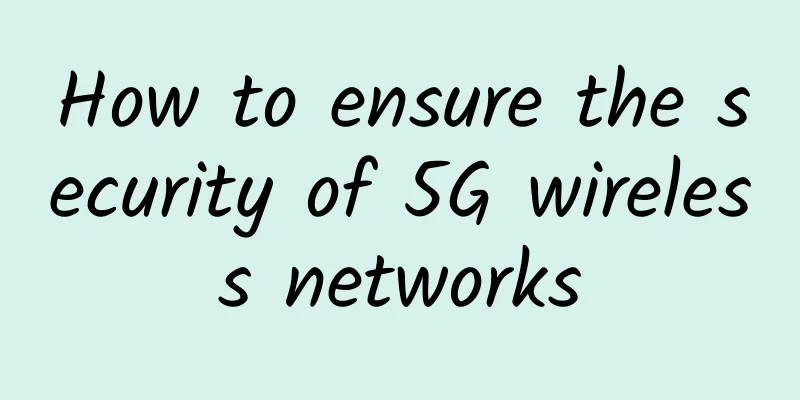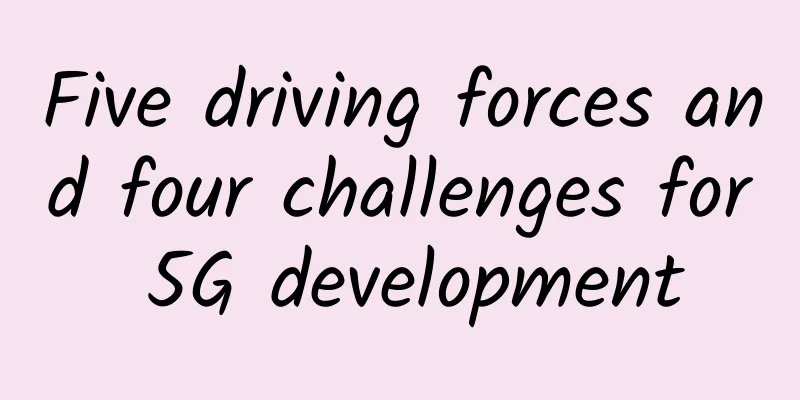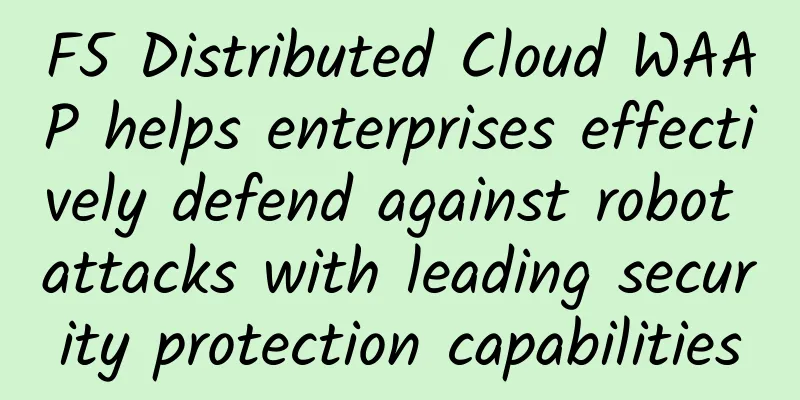How to ensure the security of 5G wireless networks

|
5G creates opportunities for both users and cybercriminals, so how can enterprises ensure the security of 5G wireless networks? One thing that is clear about 5G and cybersecurity is that it will not be about more of the same. Enterprises cannot just expand existing practices and technologies, they need a new approach. 5G needs to be viewed as a paradigm shift, and they will need an open mind. 5G Wireless Network SecurityNew applications will emerge to take advantage of the faster speeds 5G offers, and this is a huge opportunity, but not an incremental step. With opportunities come challenges. While 5G is paving the way for the future of next-generation technology, it also brings with it a host of security concerns that need to be addressed before it’s too late. 5G networks will release high-speed servers, enabling billions of devices to connect and work more efficiently, but this data will be highly sought after, and security measures must be released during the design phase. Traditional methods tell us that old technology cannot resist modern attacks, so adding more devices to the network will naturally increase the number of intrusion points. For enterprises ensuring 5G network security, there are four considerations:
Radio Access Network (RAN)RANs are the actual antennas that carry the radio waves in the 5G bands. They sit at the edge of the entire ecosystem, on towers as close to the end user as possible, acting as a conduit from the radio world to packet-switched or IP-based digital networks. RAN brings unique challenges, not just the risk of physical damage to antennas. For example, at the height of the COVID-19 pandemic, some people blamed 5G for exacerbating the pandemic and attempted to sabotage base stations. For businesses trying to secure 5G wireless networks, there is nothing they can do to protect the base stations. It is not within their control. But they need contingency plans, and they need to have plans in place to ensure business continuity. In short, they need to understand the risks and plan accordingly. Core NetworkThe core network is the heart of the system, providing all the required technical coverage services. It is absolutely mission critical and any compromise may undermine the availability of the mobile network. Network technology brings up thorny foreign agent issues. Before infrastructure enables foreign companies to effectively monitor data, the use of equipment in networks provided by foreign companies must be thoroughly examined. In addition, high-risk vendors need to be excluded from analyzing data, and stricter rules are being developed to privatize infrastructure. Transport and InternetworkingFinally, there is transport and network interconnects, which determine how the entire system connects to the core or other providers’ networks for roaming and movement to and from cell towers. Disruptive5G also means disruption, a whole new way to provide security. 4G used a so-called proprietary architecture, but later 4G and 5G are different. The situation is different. The architecture may use VMware or OpenStack, but no matter what the software platform is, it is a more open environment. "5G network security requires a different set of skills, but companies have to be realistic about what they have to face. We have to look at 5G very strategically and realistically with an open mind because very difficult decisions may be made and comfortable relationships with some vendors may have to end. But while we don't see homogenization with 5G, traditional markets are not going to disappear overnight." Machine Learning and the Cloud5G will create multiple opportunities for the application of artificial intelligence and the widespread use of cloud computing and edge computing. The introduction of cloud-based threat analysis and big data machine learning will enable rapid response to unknown threats and potential attacks. While we can take steps to mitigate the current threat landscape, the bad guys are very good at adapting to change, so while 5G will stop some current threats, it will also create more unknown gaps, so the result will be a continuous adoption of new mitigation technologies to protect against heavier and more severe threats. Confidentiality, integrity and availability are key issues that must be addressed for all businesses, especially our telecommunications providers. They must follow the alignment of major frameworks such as NIST and CAS-T and implement a clear cybersecurity strategy to protect their assets and end customers. This will include thorough external security testing, comprehensive security monitoring, clear security goals and a robust risk management process. Opportunities and challenges coexist5G is a huge business opportunity, but for enterprises to secure 5G wireless networks, they must adopt a new way of thinking. Disruption creates winners and losers, and to be the winners, enterprises must commit to the challenge, embrace the opportunity and plan strategically. Most importantly, they must be prepared for change, a lot of change. |
<<: Let’s talk about gRPC that you don’t know today
>>: IoT and 5G are changing the world
Recommend
South Korea's 5G users will reach tens of millions! It is important to drain the "water"
As the core of the new generation of communicatio...
80VPS: Los Angeles 8C cluster server 1000 yuan/month-E3-1240v5/16GB/1TB SSD/100TB@1Gbps bandwidth
80VPS is offering a promotion for cluster servers...
Color light shines! The results of the application case collection activity of "Technical Specifications for the Construction of Ethernet All-Optical Networks in Smart Parks" are announced
Recently, the Green Construction and Intelligent ...
UCloud's annual promotion flagship cloud host is as low as 10% off, Hong Kong/Shanghai/Guangzhou cloud host annual payment starts from 60 yuan
UCloud is a listed cloud computing company in Chi...
Juniper Networks' "Survival of the Fittest" in the Cloud Era
"Survival of the fittest" is one of the...
High cost-effectiveness and high performance at your will! Huawei Cloud's best-selling server evolves again
[Original article from 51CTO.com] The global econ...
5G network construction 80%: 5G robots are about to usher in a new turning point
Recently, according to CCTV News, China had compl...
5G is not yet popular, but 6G is coming: Tsinghua University experimented with 6G at the end of last year, led by the vice president
Domestic 5G construction is still in full swing, ...
CRN: The coolest software-defined networking technologies of 2017
There is no doubt that software-defined networkin...
The rapid development of 5G technology brings more innovative applications to the automotive industry
Industry experts point out that in order to meet ...
RAKsmart: San Jose dedicated server limited flash sale starting at $30/month, optional premium network or CN2 line
RAKsmart is a foreign hosting company operated by...
RAKsmart: 35% off VPS hosting/30% off cloud servers, US/Japan/Korea/Hong Kong VPS monthly payment starting from $1.95, CN2/AS9929, etc.
RAKsmart's year-end discount is coming. In ad...
What exactly are CPU, GPU, TPU, NPU, etc.?
[[373720]] CPU stands for Central Processing Unit...
HostDare: 10% off VPS on CN2 GIA line in Los Angeles, starting at $32.3/year, optional NVMe or HDD large hard disk
HostDare has launched a promotion for Premium Chi...
How to decide if Wi-Fi 6 is right for you?
There’s a lot of hype surrounding the next Wi-Fi ...









